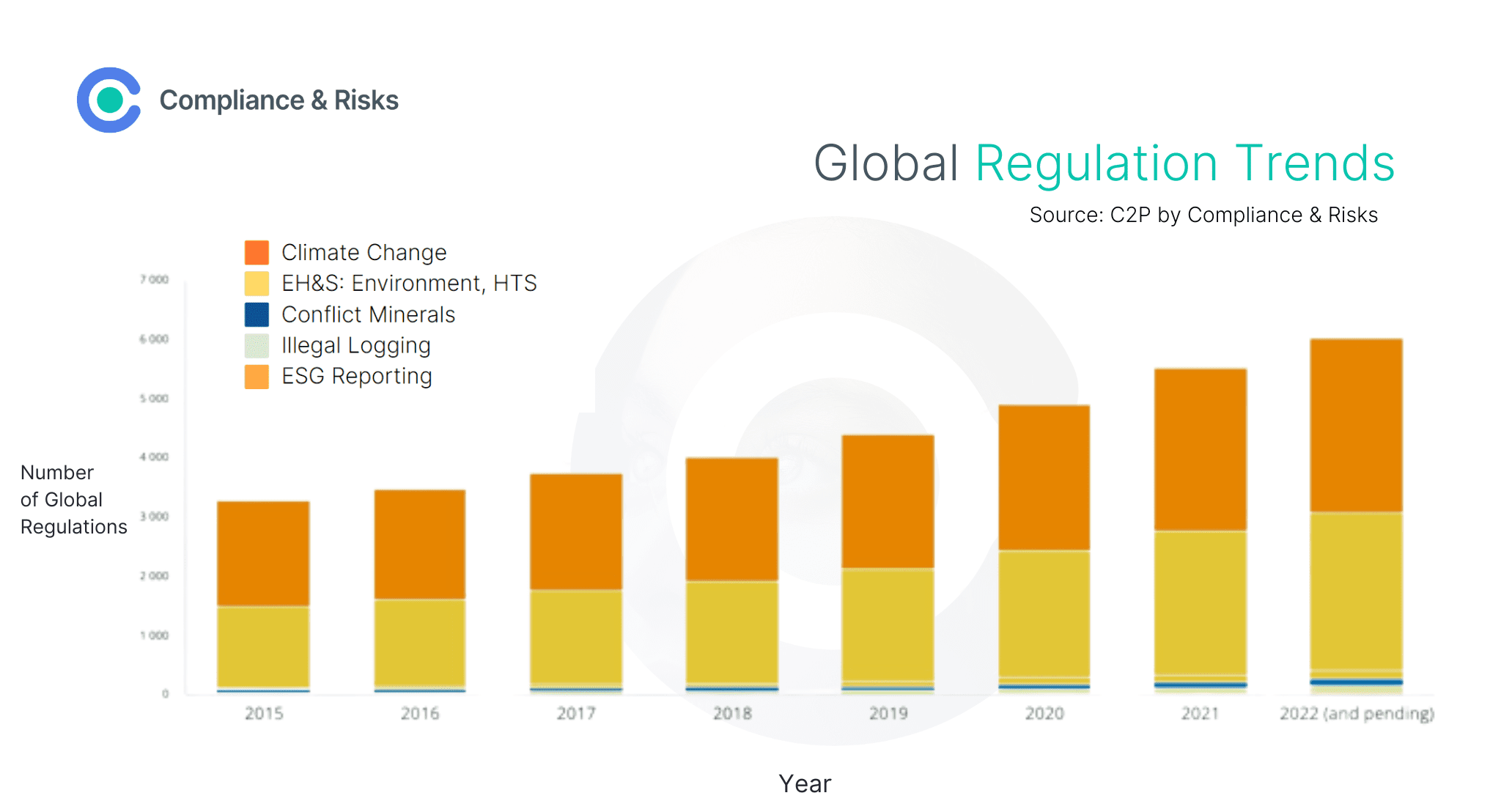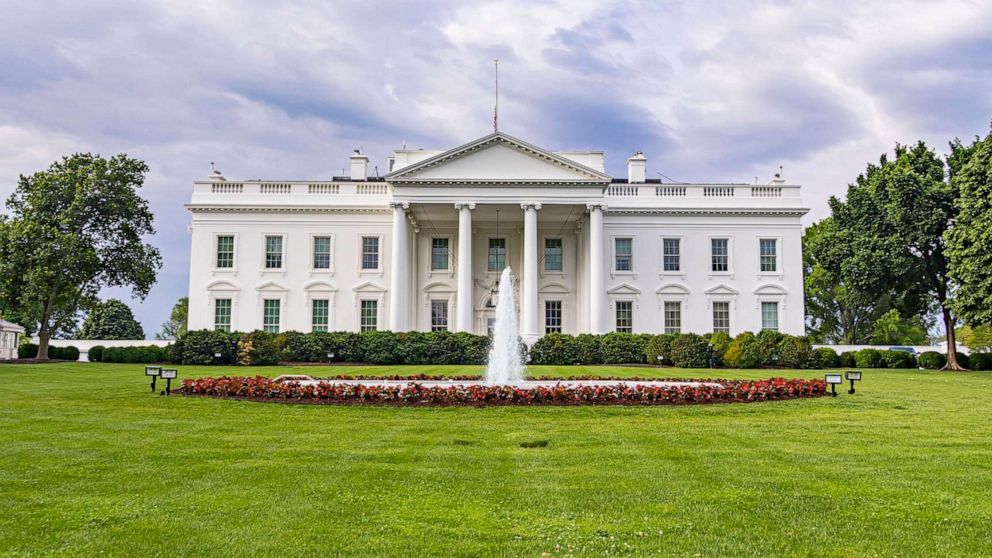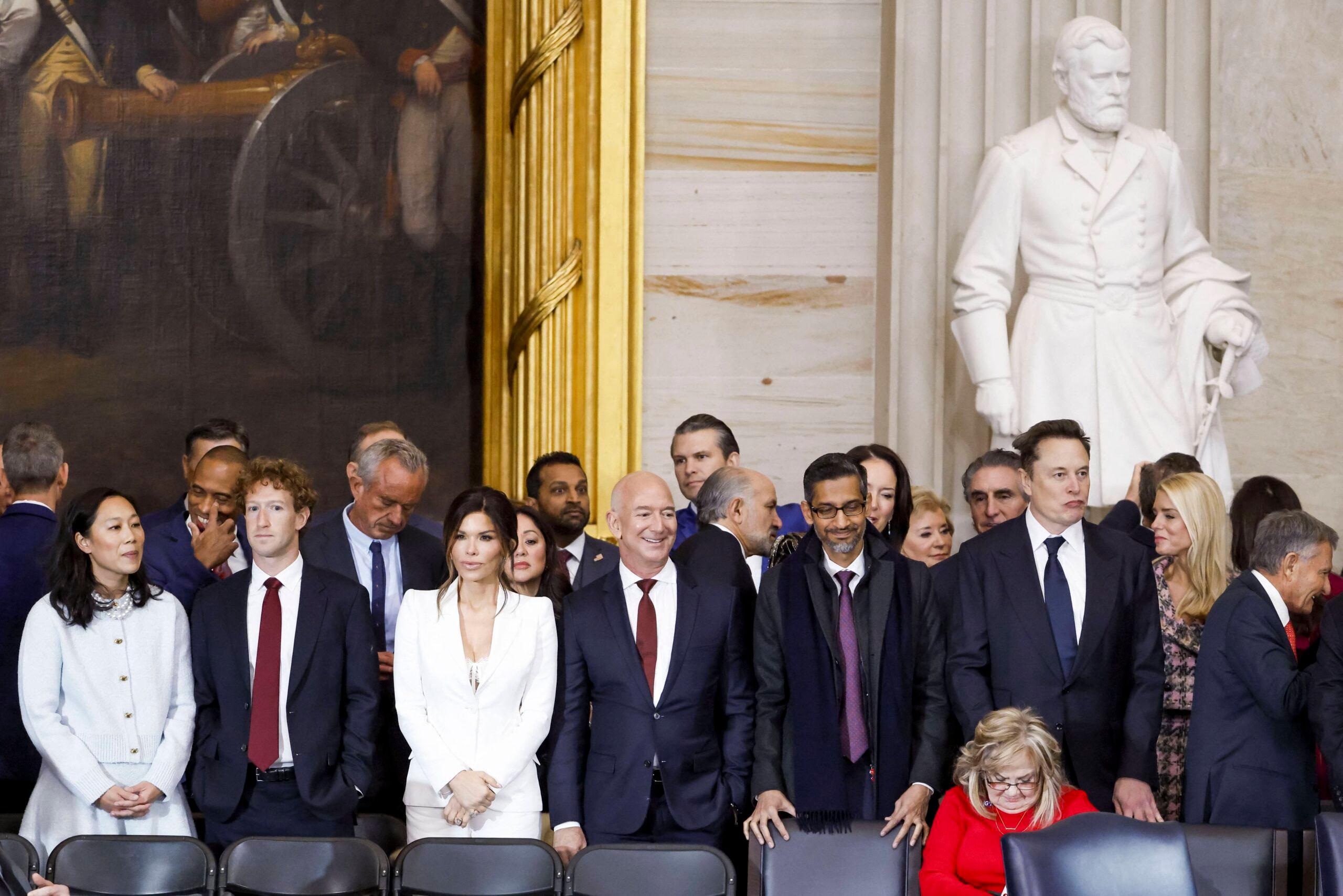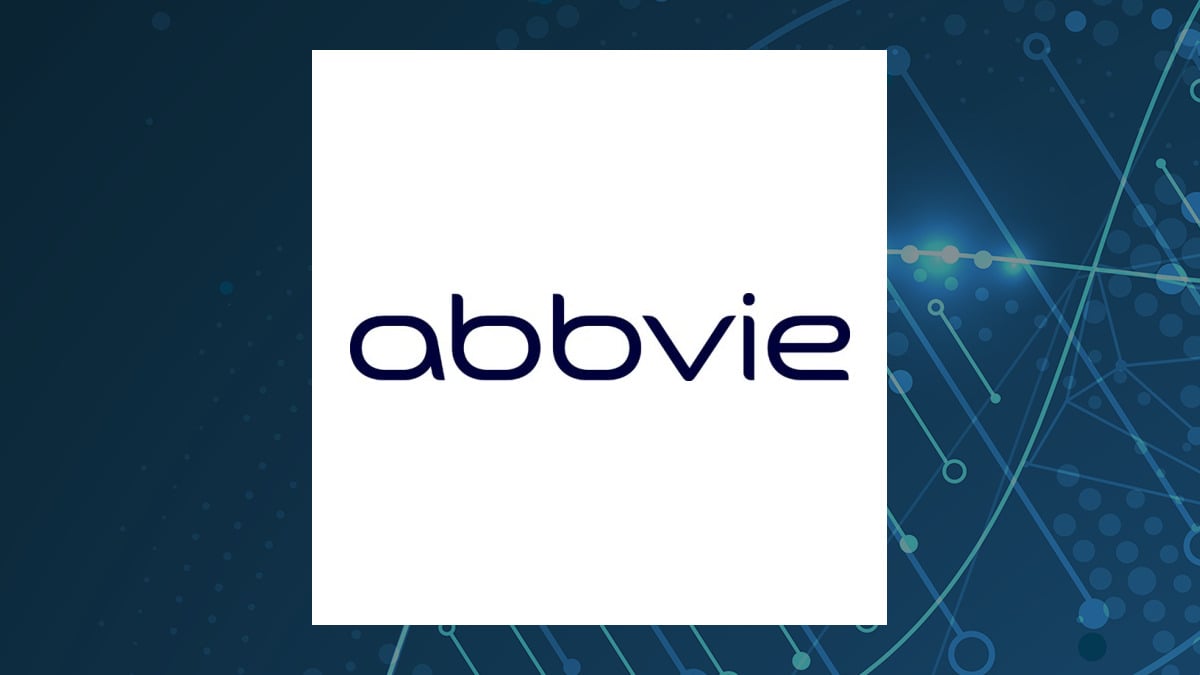The Transatlantic Clash Over AI Regulation: Trump Vs. Europe

Table of Contents
The European Union's Approach: Data Protection and Ethical Considerations
The EU has adopted a proactive and stringent approach to AI regulation, prioritizing data protection and ethical considerations. This contrasts sharply with the more laissez-faire approach adopted by the US under the Trump administration. This difference stems from differing cultural values and legal frameworks.
GDPR's Influence on AI Regulation:
The EU's General Data Protection Regulation (GDPR) has profoundly shaped its approach to AI regulation. GDPR's emphasis on data privacy and user consent has laid the groundwork for a comprehensive regulatory framework for AI systems.
- Strict rules on data collection and processing for AI systems: AI systems must comply with strict rules regarding the collection, processing, and storage of personal data. This includes obtaining explicit consent for data usage and ensuring data minimization.
- Emphasis on transparency and explainability of AI algorithms: The "right to explanation" enshrined in GDPR necessitates that individuals understand how AI systems make decisions that affect them. This pushes for more transparent and explainable AI algorithms.
- Robust mechanisms for individual redress in case of data breaches or algorithmic bias: GDPR provides individuals with avenues for redress in case of data breaches or instances of algorithmic bias. This includes the right to lodge complaints with data protection authorities and seek legal remedies.
- Focus on establishing ethical guidelines for AI development and deployment: The EU actively promotes the development of ethical guidelines for AI, focusing on issues such as fairness, accountability, and non-discrimination.
The AI Act: A Comprehensive Regulatory Framework:
The proposed AI Act represents a significant step forward in the EU's commitment to AI regulation. It introduces a risk-based approach, classifying AI systems into different categories based on their potential harm.
- Prohibition of certain AI applications deemed unacceptable (e.g., social scoring): The AI Act explicitly prohibits certain AI applications considered high-risk and ethically problematic, such as social scoring systems.
- Stricter conformity assessments for high-risk AI systems (e.g., in healthcare, law enforcement): High-risk AI systems, such as those used in healthcare or law enforcement, will be subject to rigorous conformity assessments before deployment.
- Emphasis on human oversight and accountability in AI systems: The AI Act emphasizes the importance of human oversight and accountability in AI systems, ensuring that humans retain ultimate control over critical decisions.
- Significant penalties for non-compliance: The AI Act includes substantial penalties for non-compliance, ensuring that companies adhere to the regulations.
The Trump Administration's (and Current US) Approach: Minimal Regulation and Market-Driven Innovation
In contrast to the EU's proactive approach, the Trump administration favored a significantly less interventionist stance towards AI regulation, prioritizing market-driven innovation and economic competitiveness.
A Laissez-Faire Approach:
The Trump administration's approach to AI regulation can be characterized as largely laissez-faire. The focus was on fostering innovation through minimal government intervention.
- Emphasis on self-regulation and industry best practices: The administration encouraged self-regulation by the AI industry, relying on industry best practices rather than stringent government mandates.
- Limited government oversight of AI development and deployment: Government oversight of AI development and deployment was minimal, allowing for faster innovation but potentially sacrificing consumer protection.
- Concerns about stifling innovation through excessive regulation: The administration expressed concerns that excessive regulation could stifle innovation and hinder the US's ability to compete globally in the AI sector.
- Focus on maintaining US global competitiveness in the AI sector: The primary goal was to maintain the US's leading position in the global AI race.
Current US Landscape: A Patchwork of Regulations:
The Biden administration, while showing some interest in addressing ethical concerns related to AI, has not yet established a comprehensive federal regulatory framework. The US approach remains more fragmented.
- Focus on addressing specific issues like algorithmic bias and facial recognition technology: Current efforts focus on addressing specific issues like algorithmic bias and the use of facial recognition technology, rather than a holistic approach.
- Ongoing discussions about the need for a national AI strategy: Discussions regarding a national AI strategy are ongoing, highlighting the lack of a unified approach.
- Potential for inconsistencies across different regulatory agencies: The lack of a unified framework leads to potential inconsistencies and overlaps in regulations across different agencies.
- Challenges in balancing innovation with consumer protection: The US continues to grapple with the challenge of balancing the promotion of innovation with the need for robust consumer protection.
The Transatlantic Divide and its Implications
The contrasting approaches to AI regulation between the EU and the US reflect fundamental differences in values and priorities.
Differing Values and Priorities:
The transatlantic divide in AI regulation stems from differing cultural values and priorities.
- EU prioritizes data privacy and individual rights: The EU prioritizes the protection of individual rights and data privacy above all else.
- US prioritizes economic growth and technological innovation: The US prioritizes economic growth and maintaining its global leadership in AI technology.
Impact on Global AI Development:
The divergence in regulatory approaches could have significant consequences for global AI development.
- Potential for different standards and certifications for AI systems: Different regulatory frameworks could lead to the development of different standards and certifications for AI systems, creating barriers to trade.
- Challenges for companies operating in both the EU and US markets: Companies operating in both the EU and US markets face the challenge of complying with two vastly different regulatory frameworks.
- Risk of creating a "digital divide" between the EU and US: The divergence could exacerbate the existing "digital divide" between the EU and the US, hindering international collaboration.
The Future of Transatlantic Cooperation on AI:
Despite the differences, increased cooperation between the EU and US on AI regulation is crucial for a globally beneficial AI future.
- The establishment of common standards and guidelines is essential to ensure ethical and responsible AI development while fostering a competitive and integrated global market.
Conclusion
The contrasting approaches to AI regulation in the EU and the US, particularly under the Trump administration, reveal a significant transatlantic divide. The EU's emphasis on data protection and ethical considerations contrasts sharply with the US's more market-driven approach. This divergence has profound implications for global AI development, potentially creating a fragmented market and hindering international collaboration. However, finding common ground and establishing international cooperation on AI regulation is paramount for fostering responsible innovation and ensuring that AI benefits all of humanity. Further dialogue and collaboration are needed to address the complexities of Transatlantic AI regulation and develop globally accepted standards for AI Regulation. To stay abreast of this crucial issue, continue researching the latest developments in AI regulation on both sides of the Atlantic.

Featured Posts
-
 Golds Record High Understanding The Trade War Impact On Bullion
Apr 26, 2025
Golds Record High Understanding The Trade War Impact On Bullion
Apr 26, 2025 -
 Understanding The Karen Read Case A Detailed Timeline Of Legal Proceedings
Apr 26, 2025
Understanding The Karen Read Case A Detailed Timeline Of Legal Proceedings
Apr 26, 2025 -
 White House Cocaine Incident Secret Service Concludes Probe
Apr 26, 2025
White House Cocaine Incident Secret Service Concludes Probe
Apr 26, 2025 -
 The Zuckerberg Trump Dynamic Impact On Tech And Politics
Apr 26, 2025
The Zuckerberg Trump Dynamic Impact On Tech And Politics
Apr 26, 2025 -
 Abb Vies Q Quarter Earnings Beat Expectations Increased Profit Guidance
Apr 26, 2025
Abb Vies Q Quarter Earnings Beat Expectations Increased Profit Guidance
Apr 26, 2025
